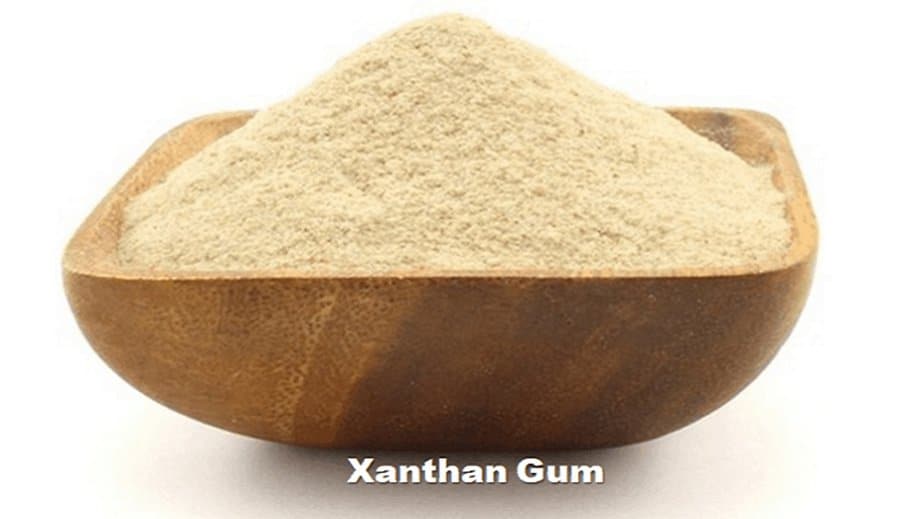You will discover in this article the best replacements for xanthan gum.
As you already know, xanthan gum is a thickening agent used in food processing.
It mostly gives a thicker consistency to sauces, baked foods, pastry fillings, and pie crusts. Bakers often use xanthan gum in gluten-free baked goods as a substitute for eggs.
Xanthan gum is a sugar-like compound. It is made by mixing fermented corn sugar with certain bacteria.
This gum is primarily used as a substitute for flour and starches in food processing industries.
How to Choose the Best Substitutes For Xanthan Gum
First, you must be clear on the purpose, and then you can choose the right substitute for xanthan gum.
Xanthan gum is a gluten-free natural compound. It helps add viscosity to recipes and reduces gluten. When diluted with water, xanthan gum turns into a gel-like substance. It provides elastic and crumbs-like texture to baked foods like bread and cakes.
When you use this gum in liquid recipes like soups, sauces, or salad dressing, it appropriately blends and emulsifies the mixture.
While you choose a great substitute for xanthan gum, you must pay attention to the impact of the substitute in your recipes. The replacement product should match the recipe’s taste, flavor, texture, and heating point.
It takes a lot of practice and trial before you can correctly use the right substitute in the correct proportions. Ultimately, after using the substitute ingredient, your baked foods should turn out how you want them.
9 Best Xanthan Gum Substitutes
The most effective substitutes for xanthan gum are cornstarch, egg whites, psyllium husk, ground chia seeds, and guar gum. There are a few more replacements for it like arrowroot powder, unflavored gelatin, agar, carrageenan, and ground flaxseeds.
From pastries to sauces and dressings, these stand-ins slide in seamlessly. Echoing the virtues of xanthan gum, they lend a helping hand to thicken, stabilize, and bind your culinary concoctions.
1. Arrowroot
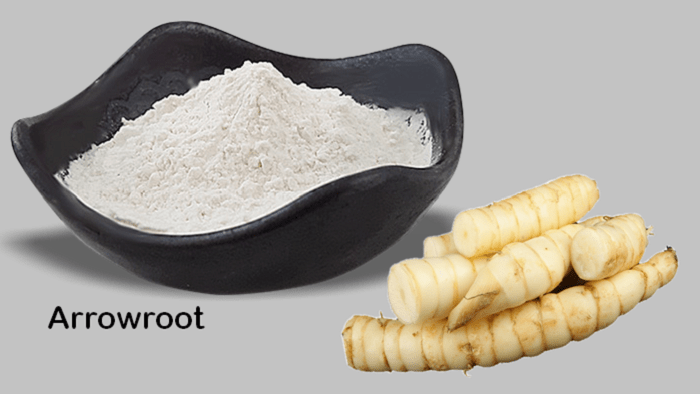
Arrowroot is a healthy food with several health benefits. It contains a lot of potassium, B vitamins, and iron, which are useful for metabolism, circulation, and heart health.
It has a very similar appearance and consistency to cornstarch. Arrowroot powder is an excellent thickening agent for baked foods.
Importantly, it thickens at a lower temperature than cornstarch.
If your recipe calls for 1 tablespoon of xanthan gum, add an equal amount of arrowroot powder.
Arrowroot powder can thicken soups, stews, gravies, and sauces.
2. Cornstarch
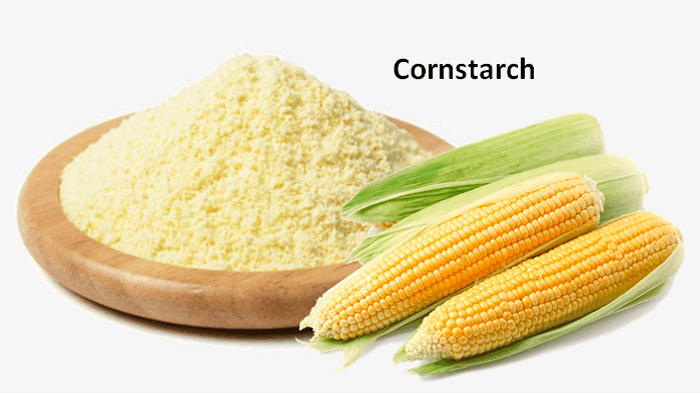
Cornstarch is the most popular replacement for xanthan gum. It works well for gravy dishes, sauces, baked foods, and soups.
It is widely used in cooking and baking to blend, thicken, and stabilize foods. It does not freeze easily, as it can separate the ingredients at a low temperature.
It’s gluten-free but contains a lot of calories and carbohydrates.
Recommended Article: 7 Coconut Oil Substitutes With Proven Health Benefits
3. Guar Gum
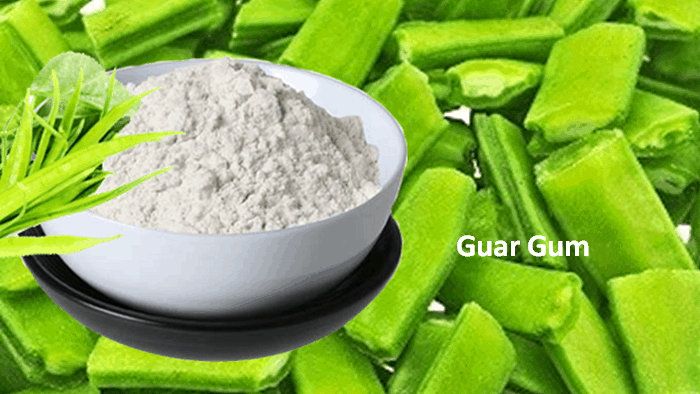
Guar gum is a fiber from the seed of guar beans. You can easily swap xanthan gum for guar gum.
It is a gluten-free natural substance with a consistency and viscosity similar to cornstarch.
Some studies suggest that guar gum may be useful for managing obesity and diabetes and reducing cholesterol. Moreover, it is used as a laxative. It works well for treating diarrhea and irritable bowel syndrome (IBS).
Guar gum works best for thickening sauces, as well as jellies.
Using guar gum as a blender for sauces and creamy dishes is best. Replace the xanthan gum with gaur gum in a 1:1.5 ratio.
4. Unflavored Gelatin
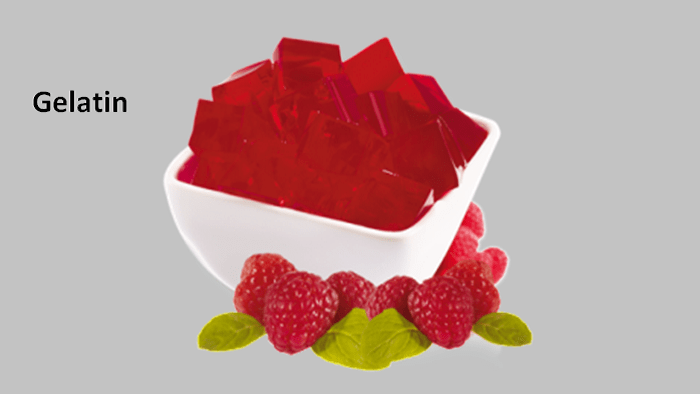
Boiling the skin, tendons, ligaments, and bones of animals or fish results in protein gelatin.
You can use it as a substitute for xanthan gum in desserts and pastry fillings. Gelatin is also popular in sauces, soups, marshmallows, broths, gummy candies, cosmetics, and medications.
It is rich in protein, amino acids, and collagen.
Since it is an animal product, vegans and vegetarians should kindly avoid it.
5. Agar
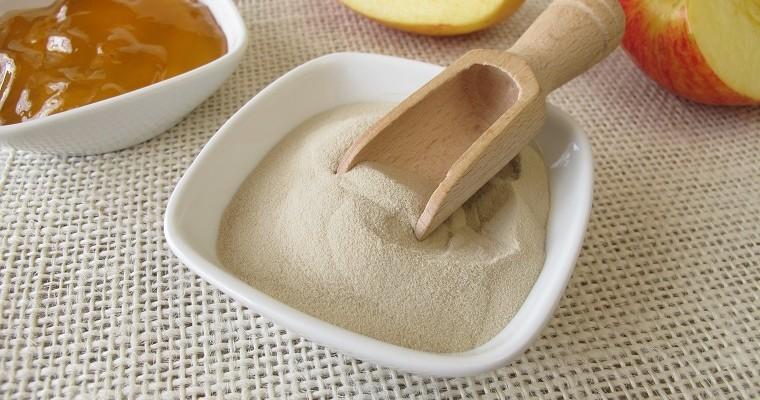
Agar, or agar-agar, is a jelly-like substance obtained from red algae.
Agar can be used as a laxative, an appetite suppressant, a vegetarian substitute for unflavored gelatin, or Xanthan gum.
It is commonly used as a thickener for soups, ice cream, fruit preserves, and desserts and as a clarifying agent in brewing.
It is ideal for gluten-free flour recipes as a thickener and binder for batter and dough.
It is a fantastic alternative to gelatin, suitable for vegans and vegetarians.
6. Ground Flaxseed
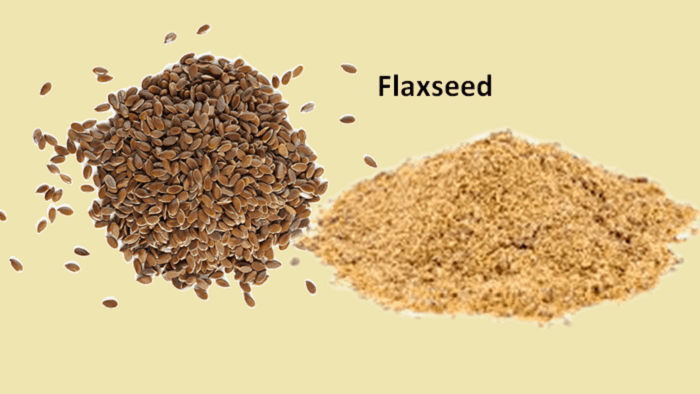
Ground flax seeds are good binding agents.
Flaxseed is a rich source of antioxidants, healthy fat, and fibre. The seeds contain lignans, protein, and the essential fatty acid alpha-linolenic acid, omega-3.
You can use ground flaxseed instead of xanthan gum in bread recipes in the same quantity. It is better to use golden flaxseeds rather than dark brown flaxseeds.
Recommended article: 9 Healthy Coconut Milk Substitutes Worth Trying
7. Carrageenan
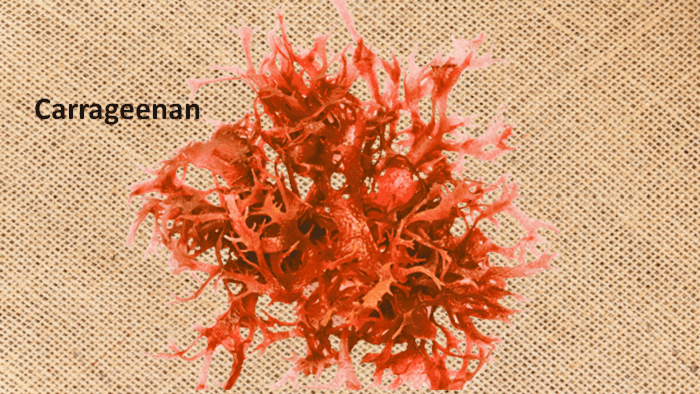
Carrageenan is an additive that thickens, emulsifies, and preserves foods and drinks. It comes from the red seaweed, also called Irish moss.
Carrageenan is mainly used in meat products, nut milk, and yogurt.
You can replace xanthan gum with carrageenan in pastries, dairy products, nut milk, and cake.
Recommended Article: Homemade Substitutes for Baking Soda
8. Ground Chia Seeds
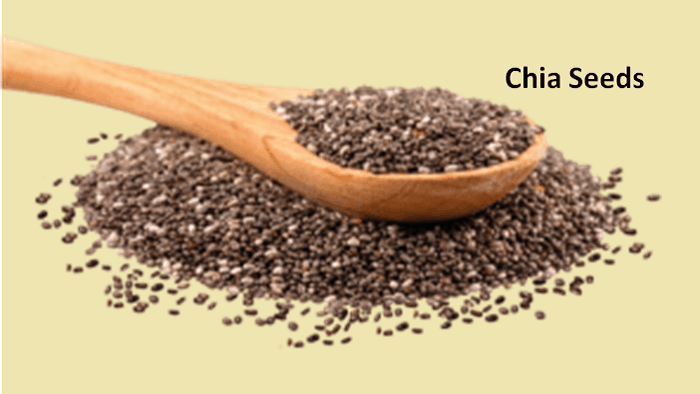
Chia seed is well known for its several health benefits. It is rich in fiber, omega-3, and omega-6 fatty acids.
You can use chia seeds in place of xanthan gum. When kneaded with water, it becomes a thick, gel-like substance capable of thickening the batter or dough.
A gluten-free baking ingredient adds elasticity and smoothness to bread and pastries. However, it increases the baking time by 15 minutes compared to the xanthan gum.
Use the same amount of chia seeds as the xanthan gum called for in your recipe.
9. Psyllium Husks
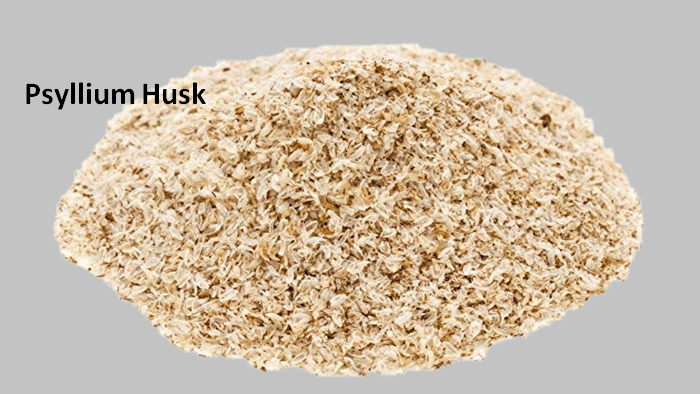
Psyllium husk is commonly used as a laxative. Like Xanthan gum, the soluble fiber acts as a thickening and binding agent. When used in baking, it can help to create a light and airy texture.
Psyllium husk is a good alternative to xanthan gum, usable in gluten-free baking. It helps to retain moisture and prevents the bread from becoming too crumbly.
You must use twice as much Psyllium husk powder as Xanthan gum in your baking recipes. In bread recipes add 1 tsp psyllium husk powder for each cup of gluten-free flour.
Frequently Asked Questions
Can I use egg white instead of xanthan gum?
Egg whites are unsuitable for xanthan gum as they have different thickening and binding properties. Xanthan gum is a common food additive used to thicken and stabilize foods, while egg whites are used for their protein, emulsifying, and foaming properties.
Can I use baking powder instead of xanthan gum?
Baking powder and xanthan gum are two different ingredients with different functions in baking. Baking powder is a leavening agent that helps baked goods rise, while xanthan gum is a thickener and stabilizer.
Can I use cornflour instead of xanthan gum?
Cornflour can be used as a replacement for xanthan gum as a thickener in sauces and gravies. However, cornflour won’t be as effective in baked goods as xanthan gum at providing structure and elasticity.
Can I use konjac powder as a substitute for xanthan gum?
Konjac powder is a natural thickener and it can be used in place of xanthan gum in some applications. Konjac powder has a slightly different texture and behavior compared to xanthan gum. In baking, you can replace xanthan gum with the same amount of konjac powder as you would xanthan gum.
Final Thought
Instead of Xanthan gum, use any of the above-discussed thickenings and softening agents in your recipes. Almost all substitutes must be used in the same quantity as the xanthan gum.
Besides the substitutes we’ve discussed, one last option is to replace one tablespoon of xanthan gum with 1 egg white.
Finding the most suitable replacement ingredient for the xanthan gum may require a lot of patience and practice.
While substituting Xanthan gum with other ingredients, you must consider taste, flavor, color, and heating point.
Read next:
